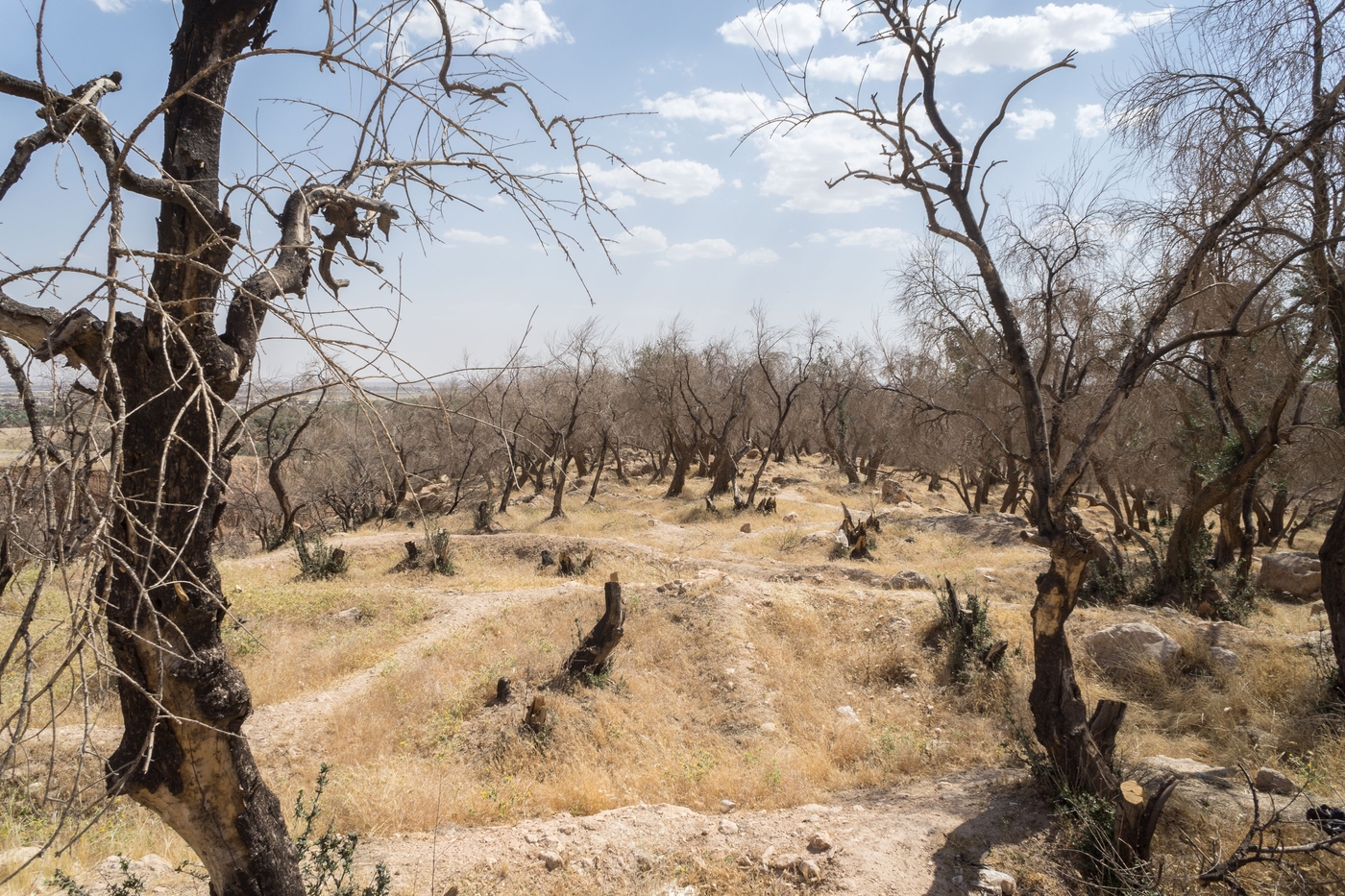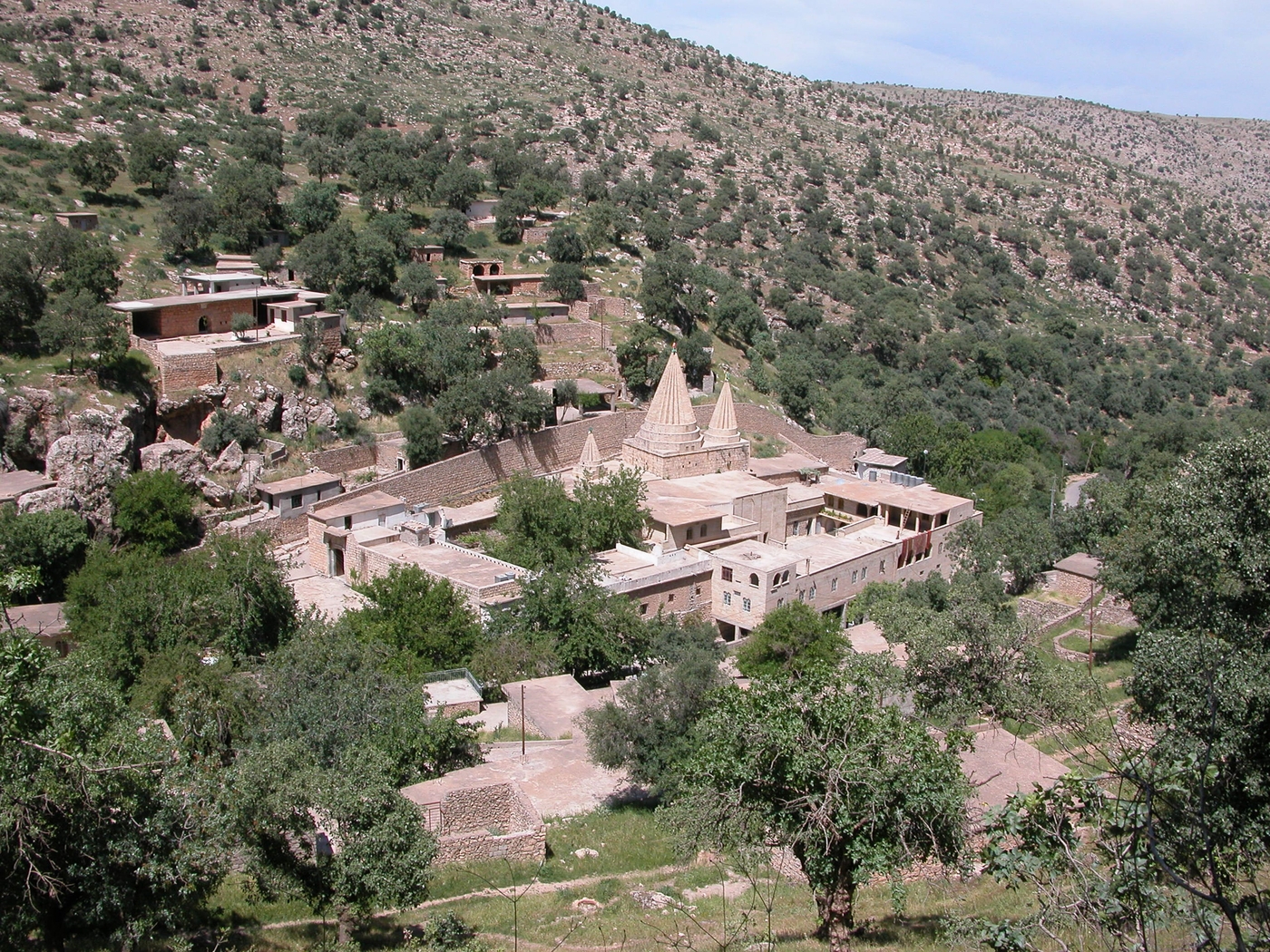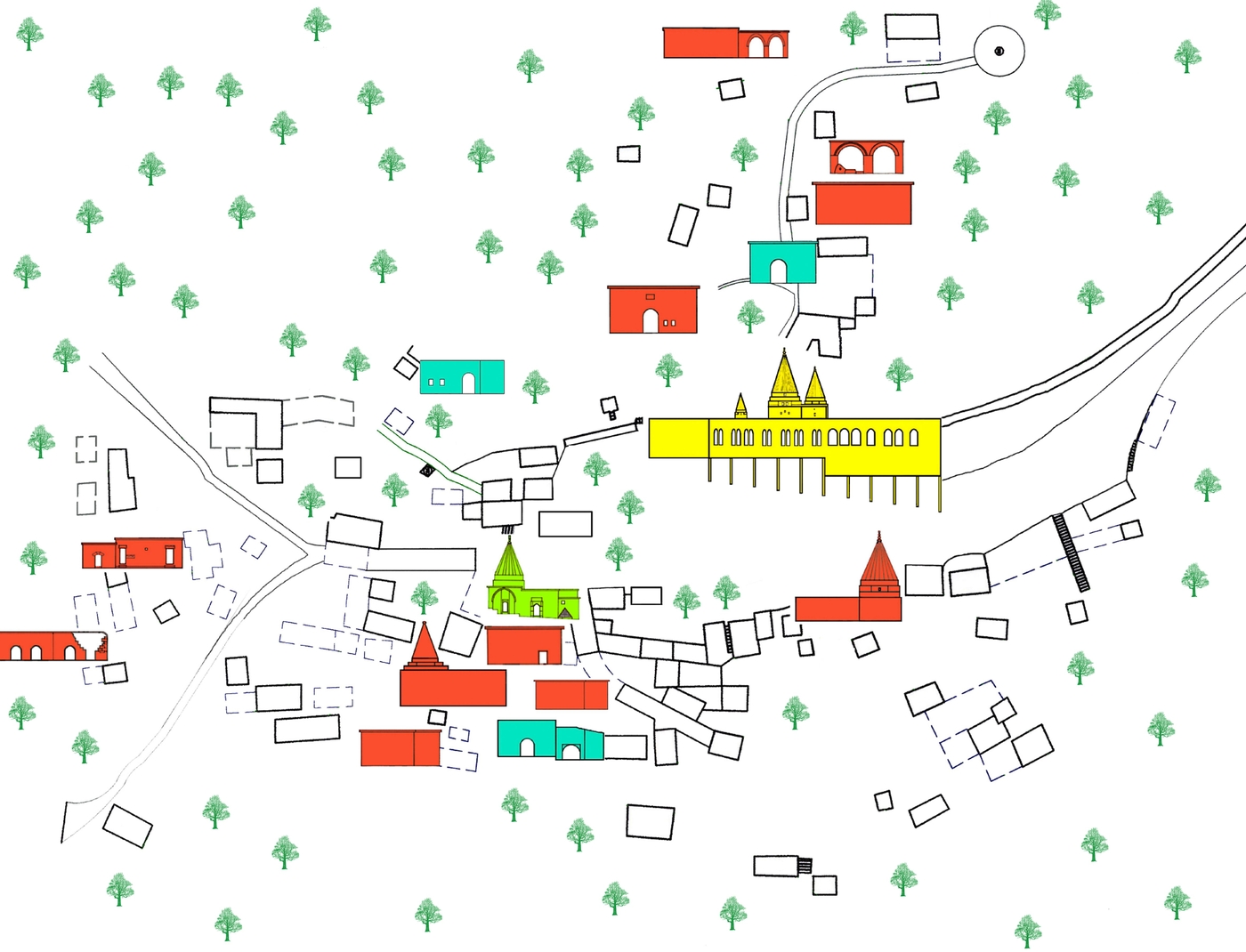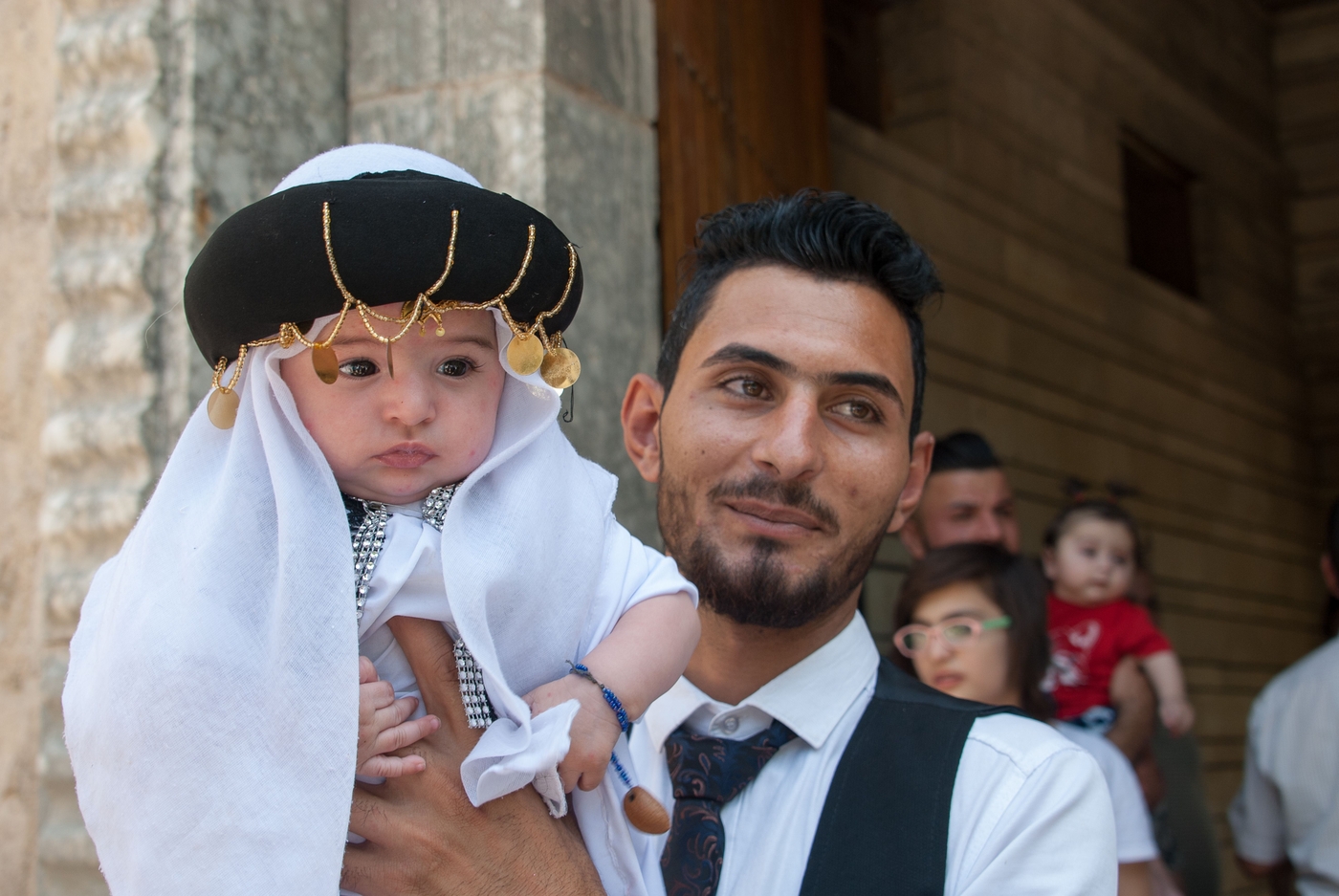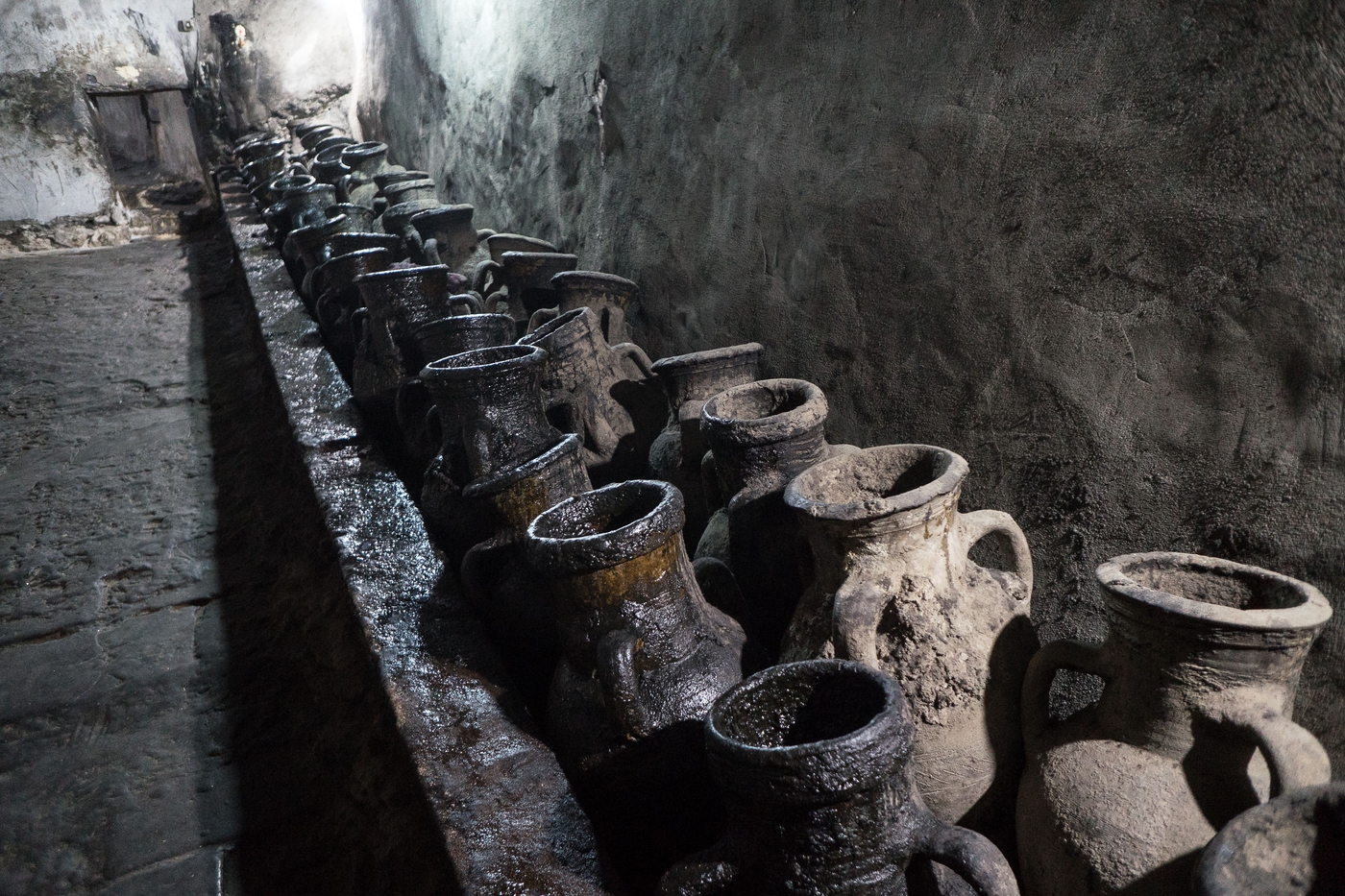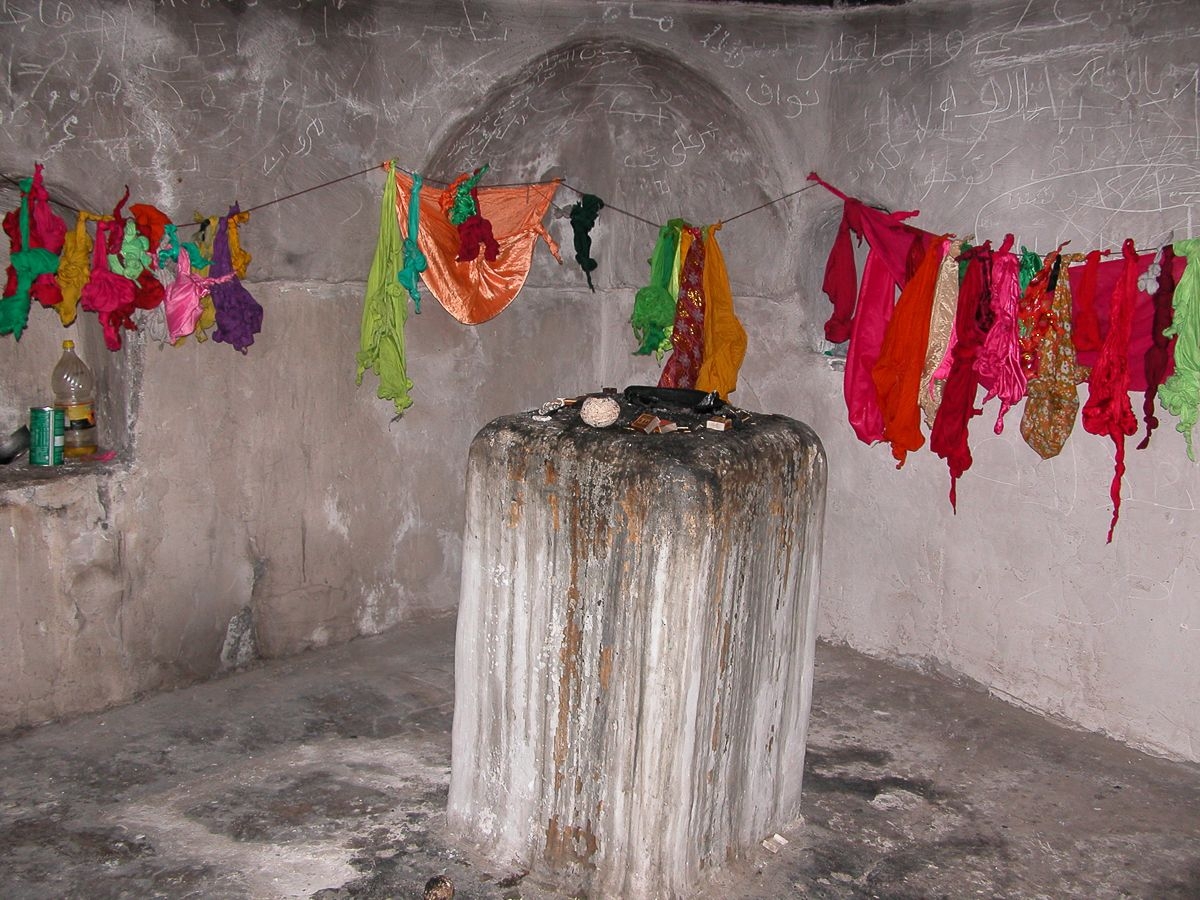Yazidi heritage in Iraq
In June 2018, the NGO Mesopotamia completed its first mission of listing and recording the heritage of Yazidi communities in the province of Nineveh.
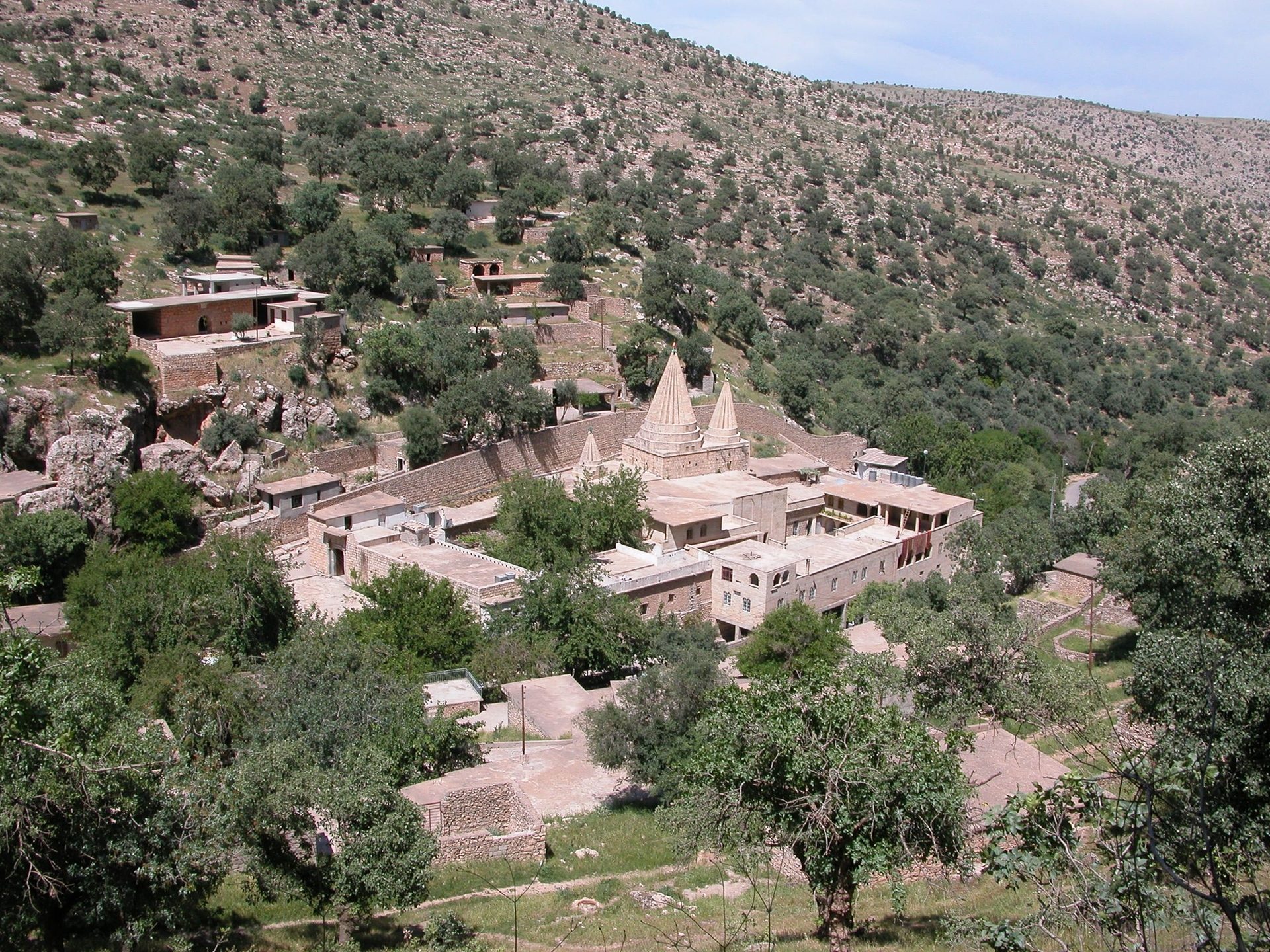
This mission was carried out in a particularly sensitive environment. The Yazidis remain traumatised by the genocide committed against them in Sinjar in 2014. Hundreds of thousands were displaced in the Nineveh Plains and the Kurdistan Region of Iraq, and many are now living in camps, unable to return to their massif contested by armed groups and rival militias. The Yazidis have no information on the whereabouts of 3,000 girls and women kidnapped by Daesh, now reported as missing, despite the “end" of the war.
On 14 October 2019, at the Institut Français d’Irak de Bagdad, an important testimony was made to the conference on “Christian and Yazidi monumental heritage of Iraq" (co-organised with MESOPOTAMIA and the Iraqi human rights organisation HAMMURABI). Shukur Khudur Murad al Dakhi, historian, writer and director of the Lalesh Social and Cultural Centre in Sinjar, came to give testimony on the catastrophic situation experienced by the Yazidis since 2014. The Yazidi representative of Sinjar began by condemning the defamatory remarks made for centuries about the Yazidis who are accused, for example of "feeding dog milk to newborn babies"!
Shukur Khudur Murad al Dakhi reminded his audience that the Yazidis had been the target of genocide throughout their history. In fact, "the Yazidis of Mount Sinjar, including in my village, gave shelter to Christians during the genocide (in 1915-1917) ".
Concerning the state of Yazidi heritage in Sinjar, Shukur Khudur Murad al Dakhi explained that “by destroying our places of worship they sought to destroy our roots".
Six years after the genocide of the Yazidis of Mount Sinjar, Shukur Khudur Murad al Dakhi laments the impossibility of returning home. "We still live in camps. I myself live in Zakho camp". Most of the 450,000 Yazidis of Sinjar are scattered across Iraq or live among the diaspora.
Despite the distress caused by their situation, wherever possible the Yazidis are striving to breathe new life into their heritage and communities.
Bahzani and Baashiqa
Bahzani and Baashiqa lie 20 km to the northeast of Mosul. Before Daesh invaded the Nineveh Plains, 35,000 Yazidis lived in these twin towns, a major intellectual centre for the Yazidi community. They represented 85% of the population. The jihadis destroyed the Yazidi community’s heritage almost in its entirety. “As early as 6 August 2014, Daesh destroyed the Yazidi holy sites and mausoleums dating back to the 12th century," says Nasr Haji Kheder, journalist and civil rights activist. Twenty-two mausoleums were turned to rubble, tombs were profaned, libraries were burned and the sacred olive grove set on fire. Since the region was liberated on 7 November 2016, the Yazidis have done everything possible to restore their way of life. They have rebuilt the 22 destroyed mausoleums. Among the Yazidi mausoleums of Bahzani, the Cheikh Bakeur Al-Qatani mausoleum stands next to a cave where a spring once flowed. This building, probably constructed in the 14th century, was rebuilt in 2017 by volunteers and without government support. The restoration of the olive grove around the mausoleum is more problematic. "There were 90,000 olive trees. They burned every single one. This has also impacted on the lives of farmers and the tourism industry. Baashiqa-Bahzani olives enjoyed a strong reputation in Iraq and abroad. The olive trees were very old. They were centuries old," says Nasr Hadj Kheder (extract from the Study Day entitled “QUEL AVENIR POUR LE PATRIMOINE MONUMENTAL DES COMMUNAUTÉS CHRÉTIENNES ET YÉZIDIES EN IRAK ?", organised by Mesopotamia, in Erbil, on 29 June 2019, with 15 contributors and an audience of 150 people). The irrigation canal and a generator that pumped the deep water needed to grow the olive trees were destroyed. This is a mutually supportive heritage initiative that deserves to see the light of day.
The destruction of the olive grove brings to light a fundamental aspect of Yazidi heritage. Heritage, as the Yazidis see it, is not restricted to stone monuments. Yazidism is one with Creation: cosmic, human, animal, plant and mineral. This is why the Yazidis regard as holy the olive trees from which they draw the oil they need for the sacred fire.
Lalesh
Away from the conflict zone, the Yazidi community’s spiritual centre, Lalesh, is located in a mountainous wooded area on the border with the Kurdistan Region of Iraq, 10 km to the southeast of Dohuk and 58 km to the north of Mosul. “Lalesh is the sacred temple of the Yazidis, as Mecca is for Muslims or Jerusalem is for Jews and Christians," explains Pîr Xidir Suleyman, researcher, author and co-founder of the Lalesh cultural and social centre. In Lalesh, nature and architecture constitute a unique sacred space in which each stone, building and plant has a spiritual meaning. The spiritual centre of Lalesh is a haven of peace amid the chaos, a space almost outside time, teeming with life. Yazidis from around the world – the survivors of Sinjar, the inhabitants of the towns and villages of the Nineveh Plains and the Kurdistan Region, and the Yazidi diaspora – come here in search of regeneration and renewal. The buildings that make up this spiritual centre are generally rectangular or square and often topped with traditional ribbed conical domes that symbolise the sun’s rays in the Yazidi tradition. The tomb of Cheikh ‘Adî, the reformer of Yazidism in the 12th century, is the focal point for any pilgrimage to Lalesh. His sanctuary has been rebuilt several times since the 12th century. “Lalesh has been a major target for attackers in different periods. During the Ottoman period, Lalesh was transformed into a Koranic school. The history of this sanctuary echoes the tragic history of the Yazidis, who have suffered 73 genocides ". Extract from the Study Day entitled “QUEL AVENIR POUR LE PATRIMOINE MONUMENTAL DES COMMUNAUTÉS CHRÉTIENNES ET YÉZIDIES EN IRAK ?", organised by Mesopotamia, in Erbil, on 29 June 2019, with 15 contributors and an audience of 150 people).
Sinjar
According to popular belief, God created the Sinjar Mountains with a mausoleum on each of its summits to ensure the mountain maintained its balance. Almost all Yazidi funerary buildings in the district of Sinjar are located in remote rural areas, isolated from the modern world, generally at the top of mountains. This could be the result of security concerns, but it may also reflect the ascetic lifestyle of the first Yazidi saints. Here are five of the many Yazidi mausoleums on the Sinja massif:
The sanctuary of Cheikh Sharaf Al-Din Muhammad, son of Cheikh Hasan, is in the village of Rachidiyyah. An important ceremony is held there on 15 August. The founding inscription mentions the year 1274.
The mausoleum of Cheikh Amâdîn (‘Imâd Al-Dîn) is on top of the Galê Bîrîn mountain, to the south of the town of Beled Sinjar. The mausoleum dates from 1400. In the Yazidi tradition, this mausoleum cures stomach pains.
The mausoleum of Cheikh Hasan is in the village of Gabara to the west of Sinjar. Cheikh Hasan is identified as one of the seven Yazidi angels, Derda’îl.
The mausoleum of Hajalî (Pîr Hecî Alî) is in the village of Hassina. When Cheikh ‘Adî came to Ba’albek, his native town, he stayed in the house of Pîr Hecî Alî. According to popular belief, when sick people spend the night here, they leave cured the next day.
The mausoleum of Memê Rech stands in the village of Tappa, to the east of Sinjar. He was the chief of the forty disciples of Cheikh ‘Adî. He lived in the 12th century and is considered to be the lord of rain and protector of crops.





